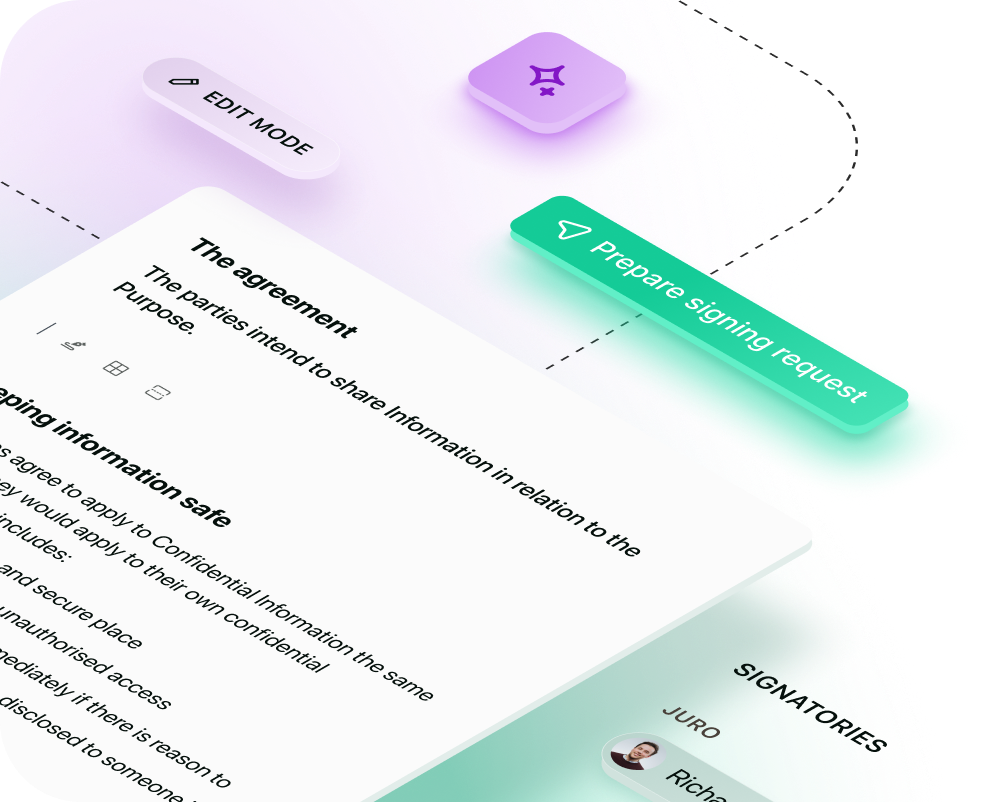Solutions
Customer Support
Resources
Use this free collaboration agreement template to agree on terms between partners and collaborators in 2024.




Use this free collaboration agreement template to agree on terms between partners and collaborators in 2024.
Collaborative projects involve various stakeholders, and having a solid collaboration agreement in place solidifies the relationship between the participants, ensuring a smooth and productive partnership.
A collaboration agreement is a legal document that clearly defines the relationship between two or more parties involved in a joint venture or project.
The parties can be businesses, individuals, or institutions. One party might provide resources, expertise, or intellectual property, while the other offers distribution channels, manufacturing capabilities, or market access.
.avif)
Collaboration agreements outline the objectives of the joint venture, the roles and responsibilities of each party, and the distribution of profits and losses. They provide a framework for the collaboration, ensuring that all parties are aligned in their goals and that the project is executed efficiently and ethically.
Understanding the essence of a Collaboration Agreement is crucial, but recognizing when to employ one is equally vital. Here are some typical scenarios:

Typically, the initiating party or the primary stakeholder manages the Collaboration Agreement. However, all involved parties, their legal teams, and relevant department heads play a crucial role in reviewing and approving the agreement.
What should a collaboration agreement template cover?
For those in collaborative ventures, having a comprehensive template for your agreement is invaluable. Here's what it should encompass:
.avif)
A collaboration agreement template can simplify the process, acting as a standardized document that can be tailored for each venture. This ensures consistency, reduces errors, and ensures regulatory compliance.
Collaboration agreements can be automated using contract management software, streamlining the process and reducing administrative tasks.
Features like automated templates, real-time negotiation, eSignatures, and secure storage can make managing collaboration agreements more efficient.
With the right tools, you can automate up to 75 per cent of contract admin and finalize agreements faster.
For more insights, explore contract management software tailored for collaborative ventures or book a personalized demo.
Juro is the #1-rated contract platform globally for speed of implementation.


Juro embeds contracting in the tools business teams use every day, so they can agree and manage contracts end-to-end - while legal stays in control.
Book your demo